Guatemala is a Central American country with an estimated population of 17.2 million. The country is considered the core of the Maya civilization prior to Spanish colonization in the 16th century.
This rich history has resulted in a diverse set of Guatemalan wedding traditions. The Hispanic influence is visible, but the indigenous identity remains celebrated. Below are 15 fascinating Guatemalan wedding traditions, including “Ìla Pedidaî,” “Ìlos Consejosî,” and “Ìcompadreî and Ìcomadreî.”
Unforgettable Guatemalan Wedding Traditions
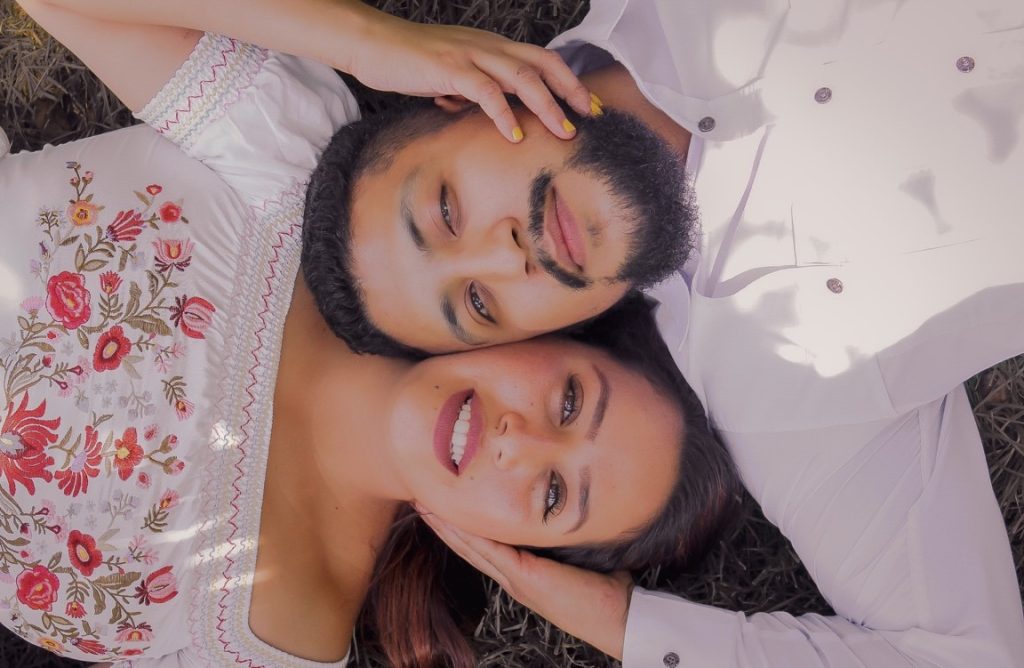
1. Ìla Pedidaî (Asking for the Bride’s Hand in Marriage)
Before the couple can start preparing for the wedding, the groom must ask the bride’s family for her hand in marriage. Given Guatemalans’ close familial relationships, the groom brings his entire family to the bride’s home. They carry sweets, food baskets, and other thoughtful presents.
The offering symbolizes the groom’s commitment to his bride. Furthermore, Guatemalan grooms show up with an engagement ring to the pedida.
This ceremony is often riddled with anxiety, especially for the groom. His partner’s parents might not agree to the marriage, and they might show disapproval toward him or his family. The goal of a pedida is to make a good impression and unite two families.
2. Ìlos Consejosî (Advice from the Elders)
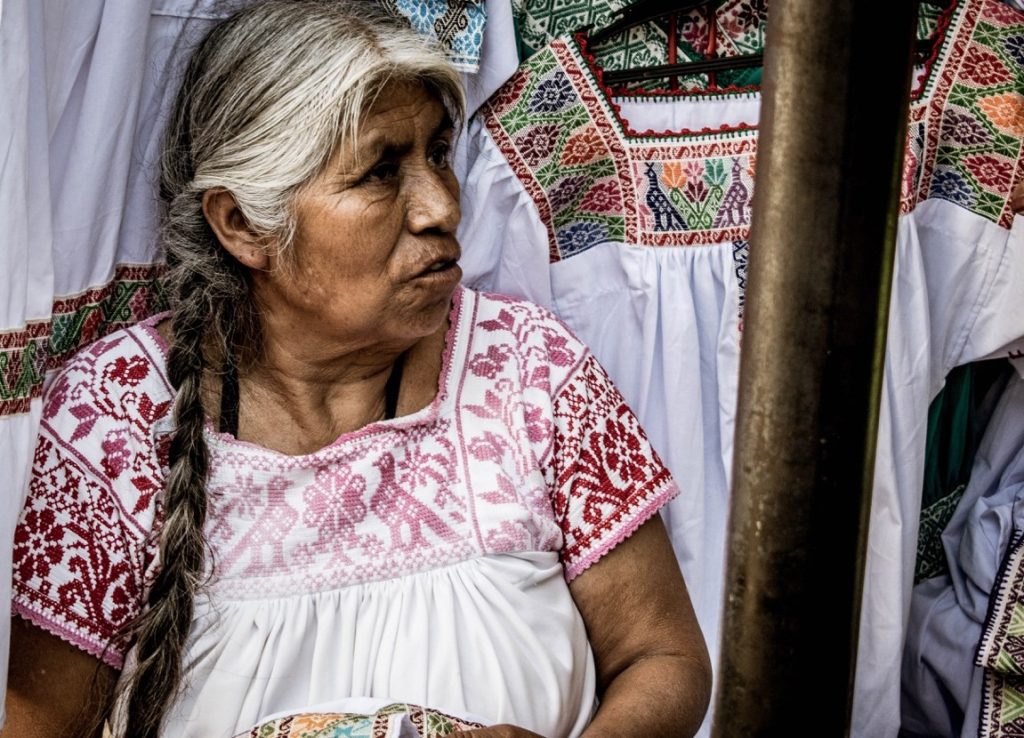
Within the pedida, the wife’s family gives marriage advice to the groom. The groom must get on his knees and solemnly listen to every word the elders say. In some cases, around ten elders will give their guidance.
3. Large Weddings
As mentioned above, families are revered in Guatemalan culture. Everyone receives an invitation to the wedding, usually held in a church. Expect hundreds of people to attend the ceremony.
4. Sending Wedding Invitations
Speaking of invitations, guests often receive invitations around a week before the ceremony. This timeline is opposite to what is standard in Western cultures, wherein couples send their invitations months ahead. Guatemalans believe there is no purpose for such an advanced invitation.
5. Bridal Folk Attire
Brides complete their outfits with white shoes and a wedding veil. Typically, a Guatemalan bridal veil can be around six feet to cathedral-length long. Guatemalans believe that the longer the veil, the happier the marriage. The bridal bouquet also consists of white flowers.
Part of the tradition is for the groom’s family to provide the bride’s dress. In many cases, the groom’s mother will pay for the bride’s attire.
6. Everyone Wears White
In Guatemalan wedding traditions, every woman in the wedding party will wear a similar dress to the bride. To reiterate, the Patz’n huipil is a significant part of Guatemalan culture. This blouse is suitable for bridesmaids, flower girls, and other members of the entourage.
7. Children in the Wedding Procession
It is a Guatemalan wedding tradition to involve the children heavily during the processional. Firstly, two ring bearers will hold pillows containing the rings. Another child will bring the 13 gold coins or ìarrasî. As the bride walks down the aisle, two kids will assist her with her veil.
8. Ìarrasî (13 Golden Coins)
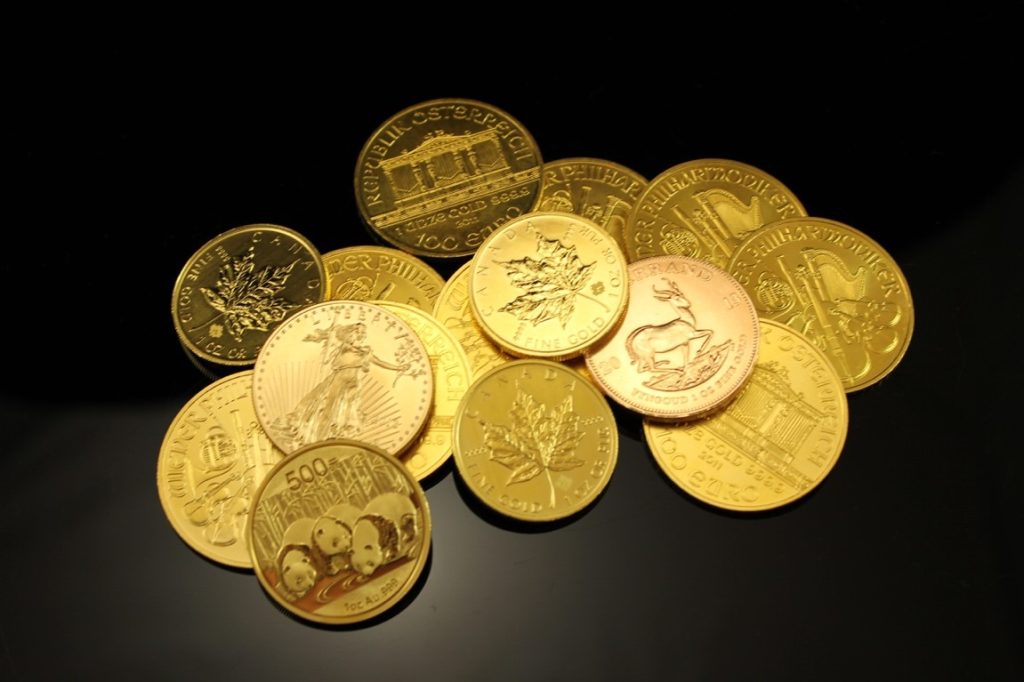
After the exchange of rings, the groom will offer 13 gold coins to the bride. This Guatemalan wedding tradition is the same as other Latin and Hispanic cultures, such as Spanish and Mexican.
The act of giving the 13 gold coins represents the groom’s promise to provide for the bride and their future family. The tradition is also a way to ask God for abundance and good fortune in their marriage. The number of coins represents Jesus and His 12 apostles.
9. Putting a Cord Around the Couple
Once the ceremony has concluded, the matron of honor and best man will approach the couple with a silver cord or rope. The cord will be placed over the newlyweds’ shoulders, representing their newly formed union.
10. White Bell at the Entrance
Someone will place a white bell at the entrance to the home, in which they will pour flour, rice, and other grains into the bell. These grains symbolize good fortune and prosperity. Upon the newlyweds’ entrance, the groom’s mother will break the bell; this act communicates her best wishes to the couple.
11. Ìcompadreî and Ìcomadreî
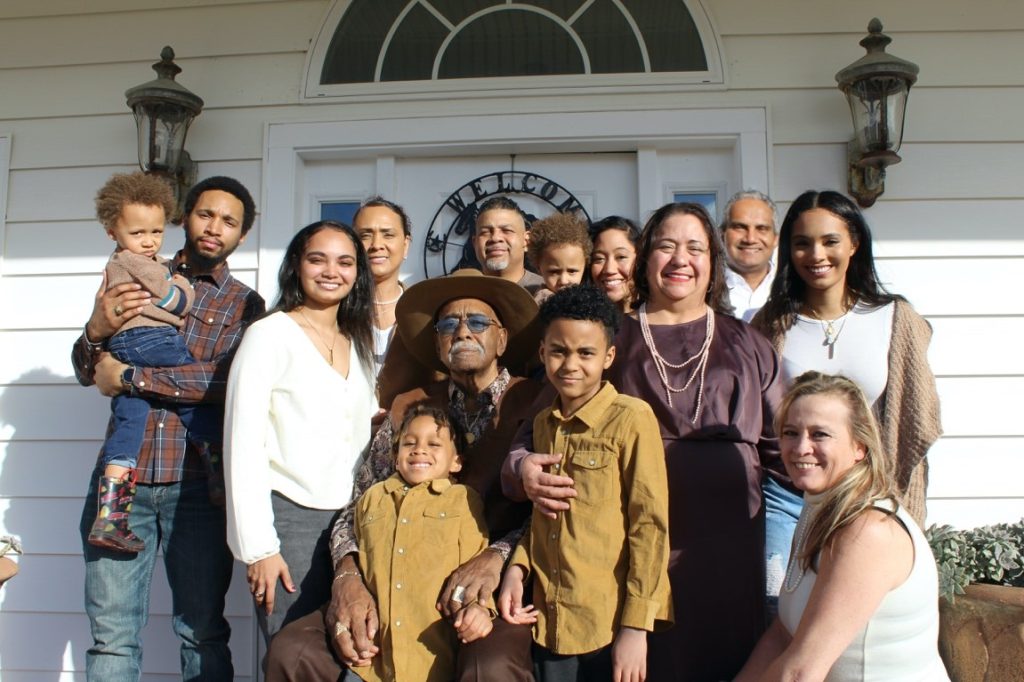
The newlyweds, together with their parents, will kneel in front of an elder from their community. The elder will envelop them with smoke, sealing the union between the two families. Afterward, they will stand and hug each other. This process is called the ìcompadrascoî.
At this point, the newlyweds’ parents may start referring to each other as ìcompadreî and ìcomadreî. These words translate to “co-fathers” and “co-mothers” respectively, further reinforcing their unity. A similar custom can be found in other countries like Ecuador. In Western culture, this is akin to being in-laws.
12. Civil Ceremony Before the Religious Ceremony
As stated above, Guatemalan couples choose to get married in churches. They can sign the marriage license at the church wedding.
However, Guatemalans also have the option to hold a civil ceremony before the religious ceremony. This event can be an intimate, personalized affair, where the couple can accomplish their marriage license in advance.
Civil marriage ceremonies are also cheaper than religious ceremonies. As such, Guatemalans view common-law marriages as realistic options.
13. Reception-Only Guests
Even without receiving an invitation, many Guatemalans attend the wedding reception. Furthermore, some invited guests skip the ceremony, opting to only attend the reception. This phenomenon is partly why Guatemalan rites often have a large number of guests.
14. Alcohol Is Not Common
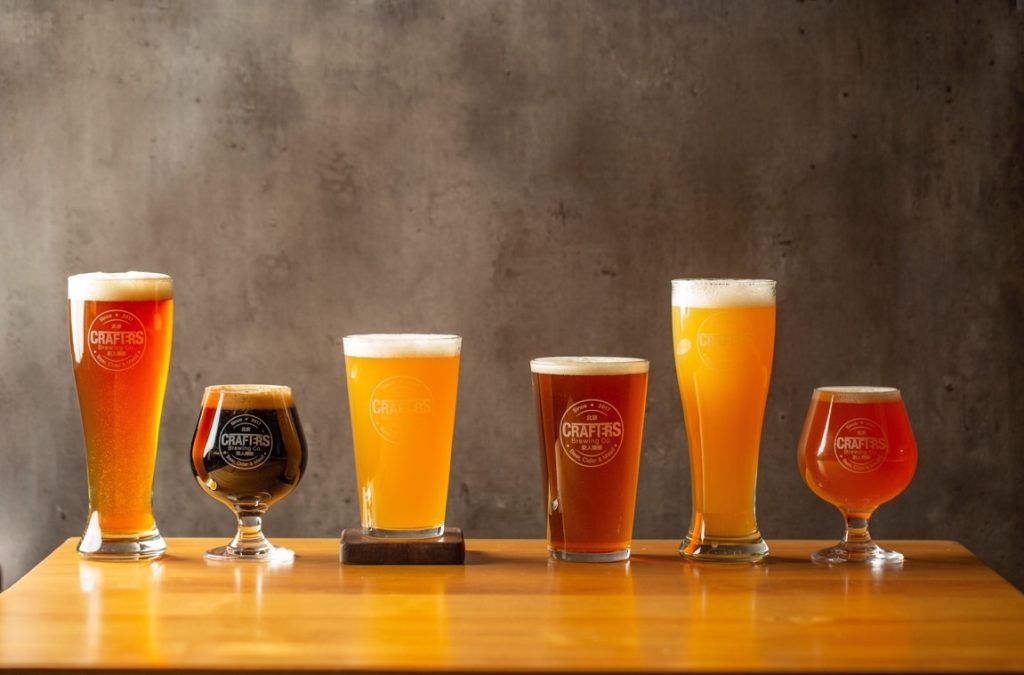
Guatemalan wedding receptions typically do not serve alcoholic beverages. According to statistics, 72.70% of Guatemalans have not drunk alcohol in a year. 38.20% have never drunk alcohol in their life.
Given that most Guatemalans barely drink alcohol, it makes sense that alcoholic drinks are not part of the reception menu. However, some guests can try to bring some alcohol to the party if they like.
15. Age Is Just a Number
In Guatemala, it is common for people to marry at a young age. People expect men to marry by 24 years old, while women in urban areas should be married by 20 years old. In provinces and rural locations, women marry earlier.
Furthermore, a significant age gap is not frowned upon; having an age gap of five to ten years is acceptable. For example, a 20-year-old bride can get married to a 29-year-old man with the full support of her parents.
Final Thoughts
Today, 41% of Guatemalans are part of the Maya ethnic group. Oppositely, 56% are Ladino or “Hispanicized.” Overall, around 88% of Guatemalans subscribe to a Christian denomination.
The country’s colonial history, spanning over three centuries, has given its traditions a distinctly Hispanic influence. As a result, Guatemalans have a unique identity that bleeds into their surprising wedding traditions.